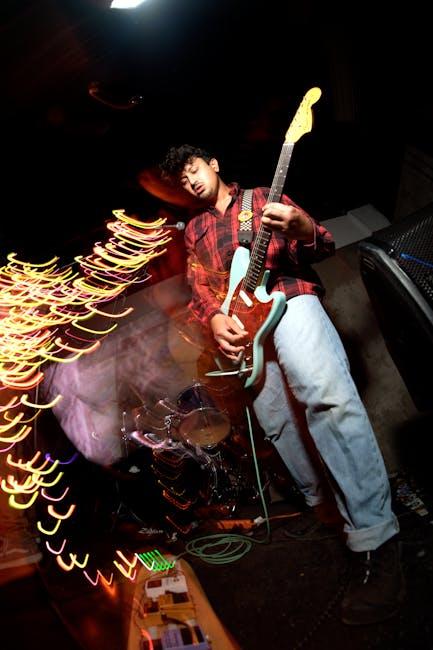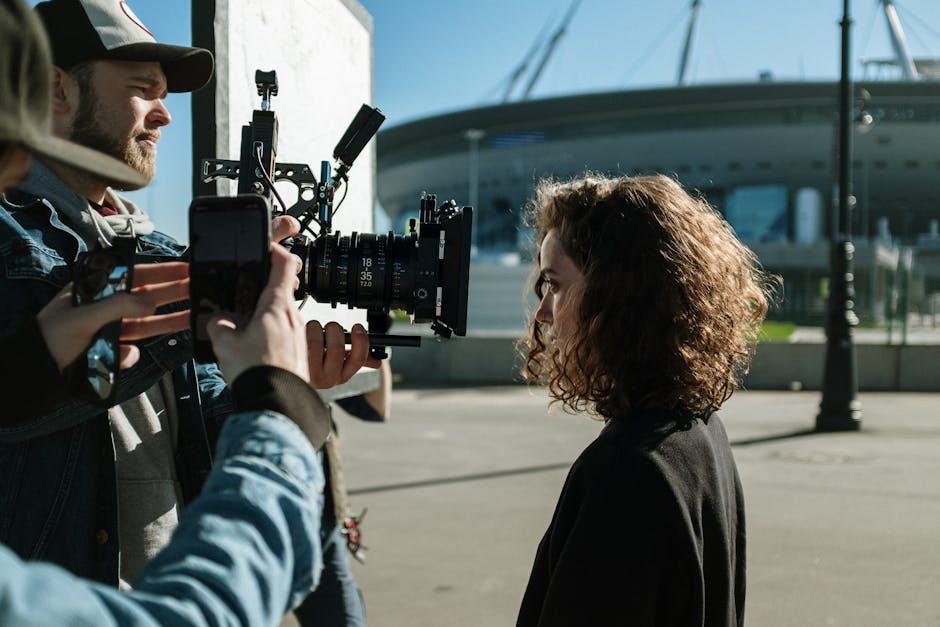In the ever-evolving landscape of filmmaking, the age-old debate between location shooting and sound stage production continues to captivate storytellers and audiences alike. As filmmakers strive for authenticity and immersion, the question arises: can the raw, unfiltered essence of real-world locations truly replace the controlled, crafted environments of sound stages? This exploration delves into the heart of set design, weighing the visceral allure of natural settings against the limitless potential of studio creativity. Join us as we navigate the intriguing intersection of art and reality, examining whether the future of cinema lies in the streets and landscapes of the world or within the meticulously constructed walls of a sound stage.
Exploring the Charm of Real-World Backdrops
Location shooting offers filmmakers a treasure trove of opportunities to enhance storytelling through authentic environments. Real-world backdrops bring an undeniable depth to cinematic narratives, infusing them with genuine textures and atmospheric nuances that are often challenging to replicate on sound stages. The unpredictable elements of weather, natural light, and unique geographical features contribute to the dynamic visual palette of a film. Moreover, shooting on location can evoke a sense of place that resonates deeply with audiences, creating an immersive experience that transports viewers beyond the screen.
- Authenticity: Real locations provide a sense of realism that can elevate the narrative.
- Unique Aesthetics: Each location offers distinct architectural and cultural elements.
- Dynamic Lighting: Natural lighting can enhance the visual storytelling.
- Local Inspiration: The environment often inspires spontaneous creative decisions.
While sound stages offer controlled environments that are indispensable for certain productions, the charm of location shooting lies in its ability to ground stories in reality. This balance between authenticity and creativity continues to inspire filmmakers to venture into the world beyond the confines of traditional studio walls.

Comparing Costs: Sound Stages vs. Location Shoots
When evaluating the financial aspects of using sound stages versus opting for location shoots, several factors come into play. Sound stages often entail fixed costs, such as rental fees and set construction expenses. However, they provide a controlled environment, which can lead to savings in logistics and unforeseen weather-related delays.
On the other hand, location shoots can vary widely in cost, influenced by travel, permits, and the need for additional equipment. Yet, they offer a tangible authenticity that is hard to replicate on a stage. Consider these points:
- Transportation and Accommodation: Location shoots might incur higher costs due to crew travel and lodging.
- Permits and Permissions: Depending on the locale, obtaining necessary permissions can be both time-consuming and costly.
- Environmental Control: Sound stages allow for precise environmental control, reducing the need for reshoots due to weather conditions.
- Authenticity vs. Flexibility: While location shoots offer genuine backdrops, sound stages provide unparalleled flexibility in set design.
Ultimately, the decision hinges on budget constraints and the desired authenticity of the final product.

Navigating Logistics in Authentic Set Design
Creating authentic set designs while managing logistics can be a daunting task. The choice between location shooting and sound stages often hinges on the intricate dance of practicalities. Location shooting offers a visceral connection to real environments, but it comes with its own set of challenges:
- Weather unpredictability: The natural elements can both enhance and hinder the production schedule.
- Permitting and accessibility: Securing the right permissions can be time-consuming and complex.
- Transportation and accommodation: Moving cast and crew to remote locations involves intricate planning.
Sound stages, on the other hand, provide controlled environments that simplify logistics. However, they might lack the authenticity of real-world settings. Balancing these factors requires a nuanced approach, often involving a blend of both to achieve the desired aesthetic while keeping production feasible.

Balancing Creative Vision with Practical Challenges
When filmmakers embark on the journey of location shooting, they often find themselves walking a tightrope between their creative aspirations and the practical hurdles they encounter. On one hand, real-world locations offer an unparalleled sense of authenticity and depth that can bring a script to life in unexpected ways. The natural light, ambient sounds, and unique textures of a genuine setting can transform a scene, lending it an organic quality that a sound stage might struggle to replicate.
However, the challenges are as numerous as they are varied. Considerations such as weather unpredictability, logistical constraints, and budgetary concerns often rear their heads. Filmmakers must weigh the artistic benefits against these practical realities, asking themselves questions like:
- Is the location accessible for the entire crew and equipment?
- How will unexpected environmental changes affect shooting schedules?
- What permissions and permits are required to film in the chosen locale?
Ultimately, the decision to shoot on location versus a sound stage is a balancing act, one where the director’s vision must harmonize with the constraints of production logistics. By navigating this intricate dance, filmmakers can create worlds that are not only visually stunning but also resonant with authenticity.

